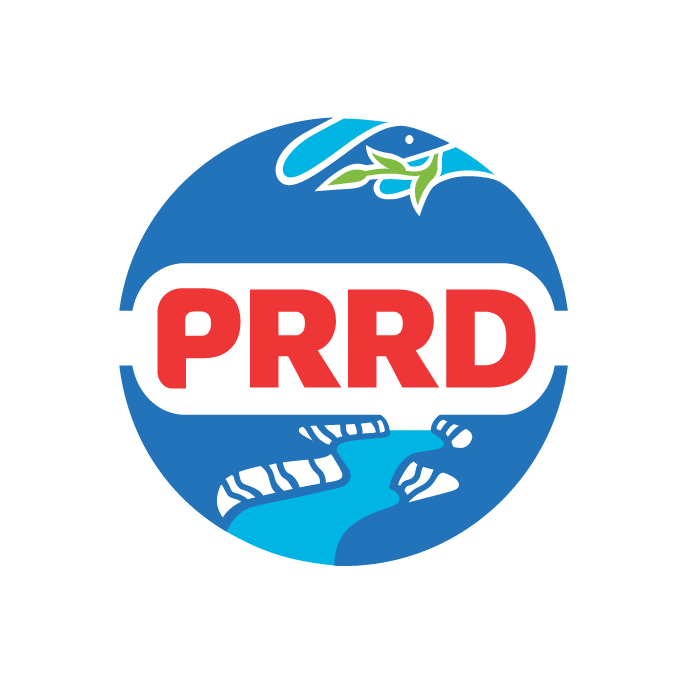Harvesting is focused on the southern part of Charlie Lake. This area has the most homes, two nearby provincial parks and three boat launches. Removing aquatic vegetation here will provide the greatest benefit for recreation, safety and health for the public.
South Boat Launch Area: A 3-hectare area around the launch.
Charlie Lake Provincial Park Boat Launch: A 2.5-hectare area around this launch.
Paddling Path: An 11-hectare path (about 30 meters wide) connecting the south boat launch to the Provincial Park boat launch.
- Note: This side of the lake is usually less windy, making this path more valuable for paddleboarders, canoeists, and kayakers than a path on the west side.
Access Channels: Three navigation channels (30 meters wide) leading from the paddling path out to open water, spaced about 1 kilometer apart (about 3.5 hectares total).
Beatton Park: A 6.5-hectare area around the beach and boat launch, including a channel to deeper water.






